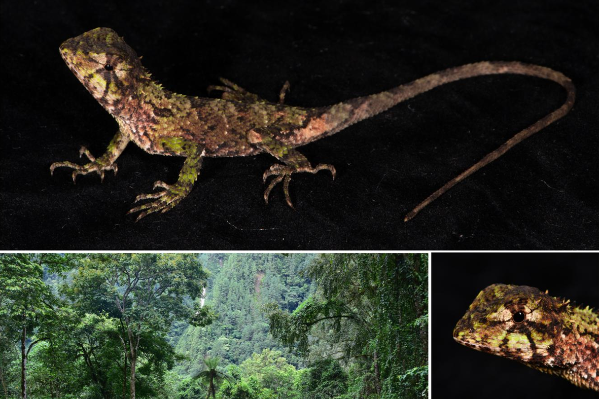Across China: Study uncovers role of gut microbiome for cervids on Qinghai-Tibet Plateau-Xinhua
XINING, June 23 (Xinhua) -- A new study has unveiled a key role of gut microbiome in the adaptation of cervids living on the Qinghai-Tibet Plateau, known as "the roof of the world."
The study offers a new perspective into the mechanisms by which the gut microbiota help hosts adapt to extreme environments, according to the Northwest Institute of Plateau Biology (NWIPB), under the Chinese Academy of Sciences.
The study, conducted by NWIPB researchers, has been published in the journal BMC Biology.
With an average altitude of more than 4,000 meters, the Qinghai-Tibet Plateau is one of the world's highest altitude ecosystems with the harshest natural environment. Its extremely low oxygen levels, low temperatures, and other environmental conditions pose severe challenges to the survival of local wild animals.
Diverse gut microbiota in animals play a critical role in shaping host physiology, ecological adaptation, and evolution. However, the adaptive mechanisms of large mammals, especially cervids, to the extreme environments of the plateau remain largely underexplored and inadequately addressed, according to Zhang Tongzuo, a researcher at the NWIPB.
Cervids are the second most diverse family of even-toed ungulates, following the Bovidae family. This family possesses exceptional adaptability, allowing them to thrive in a wide range of geographical and climatic environments.
The research team from the NWIPB, specializing in animal ecology and resource conservation, initiated a large-scale metagenomic sequencing study on the gut microbiota of several plateau-dwelling cervid species. These were systematically compared and analyzed against the gut microbiota of plain cervids from public databases.
Researchers focused on uncovering the specific functional roles of gut microbiota in enabling host adaptation, as well as the coevolutionary dynamics between microbiota and their hosts living on the plateau.
The study generated a total of 41,847 metagenome-assembled genomes and 3,193 high-quality species-level genome bins, establishing a comprehensive gut microbiome catalog for cervids.
Based on the catalog, researchers have constructed the first metagenomic map of the intestinal tract of multiple species of plateau cervids.
It is the first cervid intestinal microbiota resource bank both domestically and internationally based on multi-species and large-scale metagenomic analysis. It provides a solid data foundation for subsequent functional exploration, utilization of microbial resources and protection of endangered species, according to Zhang.
The study revealed a coevolutionary relationship between plateau cervids and their gut microbiota. Furthermore, it indicated that the gut microbiota of plateau cervids have undergone genome-level adaptations related to energy metabolism.
"Diverse findings of this study highlight the adaptive genomic evolution of the gut microbiota in contributing to the plateau adaptability of cervids, supporting to theoretical innovation and conservation of the Qinghai-Tibet Plateau," said Zhang. ■










